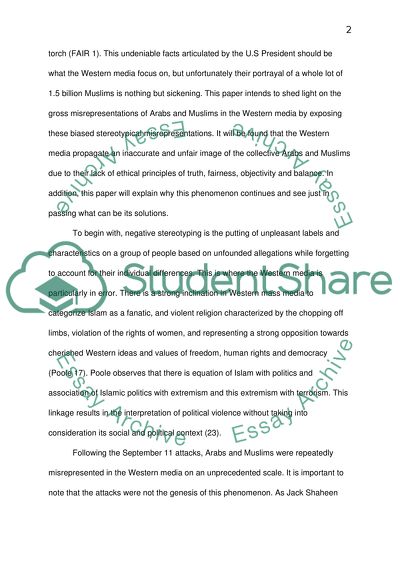Cite this document
(“Terror is Foreign Western Media's portrayal of Islam Essay”, n.d.)
Retrieved from https://studentshare.org/journalism-communication/1430178-terror-is-foreign-western-medias-portrayal-of-islam
Retrieved from https://studentshare.org/journalism-communication/1430178-terror-is-foreign-western-medias-portrayal-of-islam
(Terror Is Foreign Western Media'S Portrayal of Islam Essay)
https://studentshare.org/journalism-communication/1430178-terror-is-foreign-western-medias-portrayal-of-islam.
https://studentshare.org/journalism-communication/1430178-terror-is-foreign-western-medias-portrayal-of-islam.
“Terror Is Foreign Western Media'S Portrayal of Islam Essay”, n.d. https://studentshare.org/journalism-communication/1430178-terror-is-foreign-western-medias-portrayal-of-islam.


